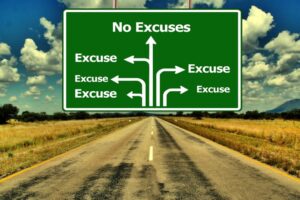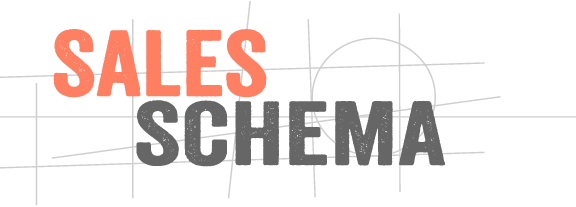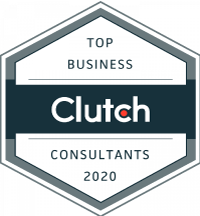How did Vayner Media go from zero to $100M in seven years?
Sure, Gary Vee’s clout helped, but that doesn’t explain the meteoric rise.
The most likely explanation is that Vayner focused aggressively on selling and marketing themselves, not just their clients. They made damn sure they didn’t fall prey to the Shoemaker’s Children problem, so common in the agency world. Vayner now competes in big pitches against heavyweights like Droga5 and Deutsch, and their hundreds of employees fill giant offices in New York’s Hudson Yards neighborhood.
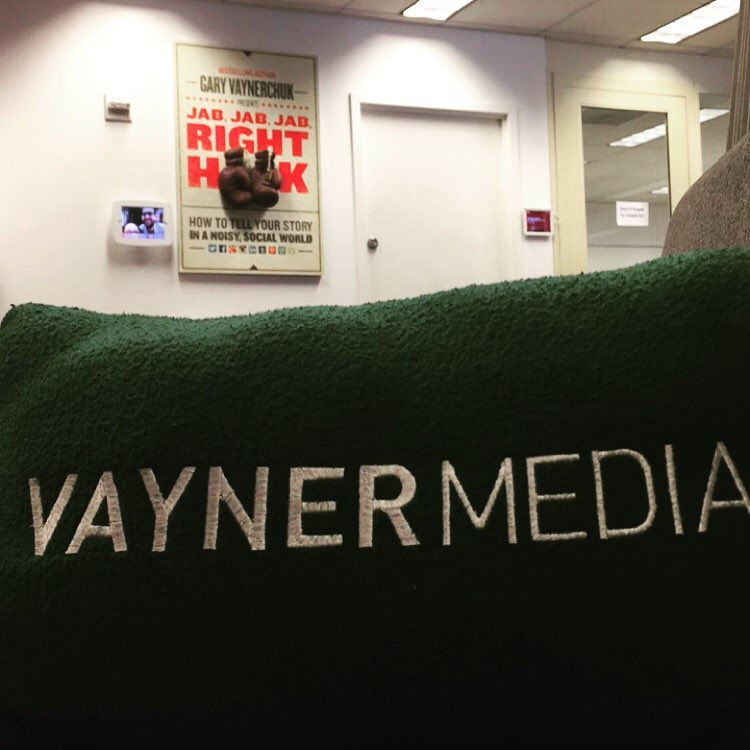
https://www.flickr.com/photos/vsellis/24612475989/
So why can’t most agencies, large and small, be like Vayner?
They’re not proactive.
According to a survey by Hubspot, 44% of agencies don’t use a CRM, 42% haven’t defined their ideal client, and most startlingly, 90% describe referrals and word of mouth as their main new business source.
Many agencies know that they need to do more, but they’re held back by their own habits, beliefs, and behaviors. If you can identify the roadblocks, you can avoid them and achieve a new level of prosperity.
From our experience working and interacting with hundreds of agencies, here are the most common roadblocks that halt growth.
1. Complacency.
As a business owner, I get it. Sometimes you feel like sitting back and taking it easy. After all, do we all have to be like Gary Vee? What if you’re not motivated by growth, revenue, and a yacht? After all, you’re probably involved in an agency because you want to produce creative work for the right clients, not because you want to work a sales pipeline all day.

https://www.flickr.com/photos/sheila_sund/28534261285
While a nine-figure agency might not be in your plans, stasis is a deadly trap. Strategic and sustained growth is the only way to stay alive because of the forces you’re up against:
-Competitors of all stripes: direct, indirect, technology, in-house resources, cheap foreign labor…
-New demands from your market.
-Client attrition due to forces in and outside your control.
-Missing out on hiring A-players because their vision is bigger than yours.
-Unforeseen downswings.
What worked yesterday won’t work today, and the antidote to the stress and anxiety of uncertainty is in growth.
2. No niche.
Remember that stat from earlier? 42% of agencies haven’t defined their ideal client. Here’s where that comes into play.
As related by Noah Kagan at DCxBangkok in 2016, almost every successful company started with a niche. More specifically, successful companies start solving a shortlist of problems for a shortlist of people. For Amazon it was books, for Facebook it was colleges, for IBM it was calculators… In what world would your agency be the exception to this dynamic?

http://www.thebluediamondgallery.com/typewriter/n/niche.html
3. No scale.
To paraphrase Paul Graham, in the early days, it’s okay to do things that don’t scale so you can get from zero to one. If you’re an owner or a business development person in a well-established agency, however, your finite personal network may pose a hard ceiling on your company’s revenue and stability. Sporadic and hard-to-predict referrals make it almost impossible to plan ahead and avoid feast and famine. Better to prioritize a very small handful of new business channels that can scale to the size of your whole market. These might include targeted email, content production and syndication, social media prospecting, podcast appearances, and account-based marketing (ABM). While geared toward startups, Gabriel Weinberg’s Traction is great for figuring out which channels to pursue.
4. No sales process.
As asked by Colonel Kurtz, played by Marlon Brando, Apocalypse Now, “Are my methods unsound?”. Captain Benjamin Willard, played by Martin Sheen, responded, “I don’t see any method at all, sir.”
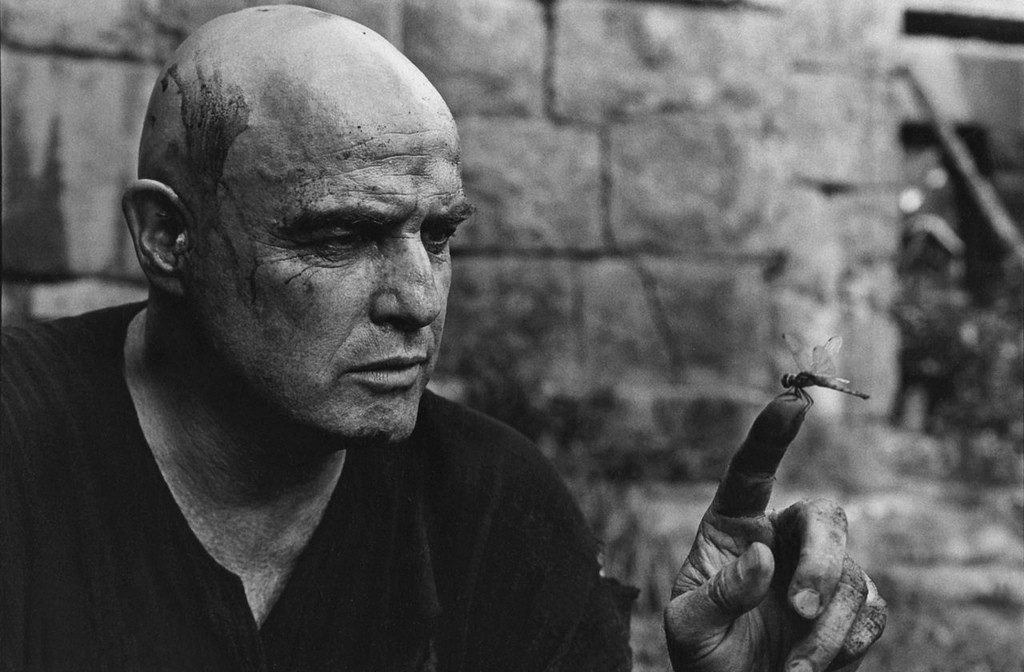
https://www.flickr.com/photos/ronin691/5390357854
Most agencies are Kurtz, albeit slightly less murderous. Either they think their sales methods are solid, or they think they can make marginal improvements. The common reality is that there is no sales process at all. The wheel is re-invented for each and every new prospect.
At Sales Schema, we see this problem in the wild every week. During a recent kick-off meeting with a new client, a senior business development person said, “We get busy then spend a whole day doing new business outreach, which we know isn’t enough.” She was right – to get predictable returns on your sales efforts, you have to treat your process like going to the gym, where consistency is everything.
5. No defined sales roles.
A big reason for the Kurtz problem is lack of definition around sales roles. The platonic ideal of a well-oiled sales machine is probably best laid out by Aaron Ross and Marylou Tyler in Predictable Revenue. In a nutshell, the Predictable Revenue model resembles an industrial assembly line, but instead of assembling cars you’re assembling deals. The assembly line, from chassis to paint job, involves prospectors (ie. SDRS or BDRs), Inbound Lead Qualifiers, Account Executives (closers), and Account Managers (ie. customer success specialists). This well-defined assembly line can be found in all sorts of domains you might know, like design, development, video production, and construction.

https://commons.wikimedia.org/wiki/File:Geely_assembly_line_in_Beilun,_Ningbo.JPG
Yet, in most agencies, the sales process eerily resembles the antiquated team-based car manufacturing method used before the advent of Henry Ford’s assembly line. You have a new business person who handles most aspects of the sales process, and who brings together a small group of non-sales-oriented specialists to write a massive RFP. This makes the process very difficult to replicate and scale. Also, there are few if any redundancies, so when the business development person gets pulled off course by client work or anything else, the whole process grinds to a standstill. This standstill creates slow periods weeks or months later since sales activity takes a while to take effect.
What do you do if you’re with a small agency and you don’t have the resources to build a sales assembly line?
You get as close as you can. You create your org chart to spell out duties and roles you will fill in the future. You prioritize revenue-generating activities. If you’re paying a high-level business development person (ie. a closer), make sure that 99% of their time is spent pitching, not booking appointments or managing a content calendar.
6. No KPIs.
Agency new business people are rarely held to competitive benchmarks. This runs contrary to similar positions in almost every other services company under the sun.
In the defense of agencies, it’s pretty tough to hold anyone to a benchmark when you don’t know your numbers. Referrals and personal networks don’t give you enough data.
Also, it’s easy to let yourself off the hook when a potential client is not a friend-of-a-friend with an immediate need. At the same time, your close rate is not based on down-the-middle fastballs alone, but rather, everything in your strike zone. Your strike zone is defined by the conversations you’re having with prospects who fit the right role, are in the right type of company so they can afford you, and who are willing to talk.
So what benchmarks should you aim for? Once you start building steam with scalable new business channels, like those above, you’ll develop a spidey sense for what numbers are realistic for your agency. Very roughly, a close rate of at least 50% is ideal for inbound leads and 10-20% for outbound leads. With well-defined KPIs your sales process will go from mystical to predictable.
How do you break through these roadblocks?
By taking steps toward your constructing your new business assembly line, even if your time and resources are limited.
Curious how to do that? Check out our free video training:
How to Automate Your Agency’s Client Acquisition Strategy and Drive Consistent Deal Flow.



